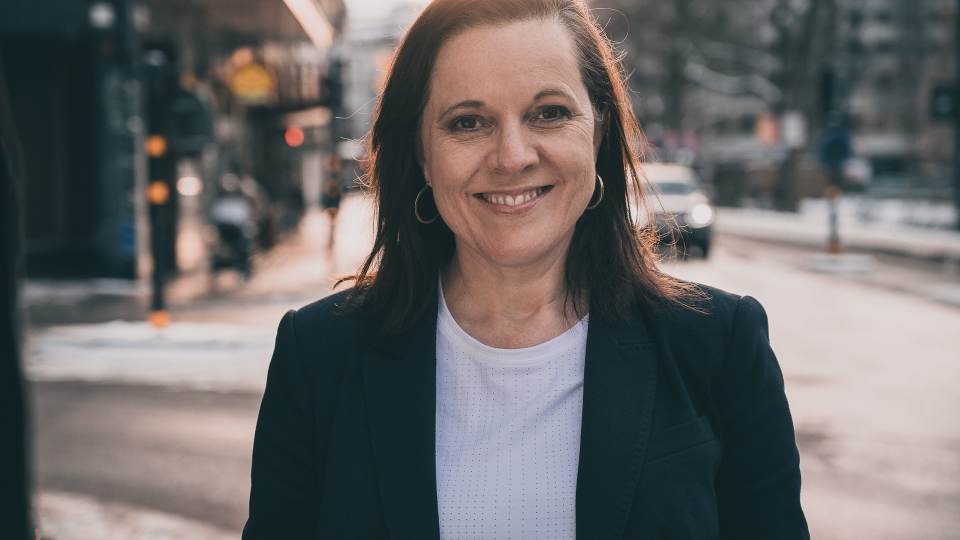
By Clare Hobby (pictured), Director, Purchaser Engagement, Global at TCO Development. TCO Development is the organization behind the sustainability certification for IT products, TCO Certified
In fact, according to a Gartner report last year, 80% of CEOs identified sustainability as the third driver of product and services’ investments. This is because they recognize the business-case for sustainability alongside how important it is for mitigating climate change. Bob Willard, a leading expert on business sustainability strategies with a special focus on how sustainability connects to company finances, puts it like this: “Paying attention to sustainability leads to better results and more profit.”
There is a major opportunity for IT resellers to help their business customers navigate the process of transitioning to sustainable IT, but what is involved and how can channel partners get going?
Educating the channel
It all starts with educating the channel, so it becomes better informed about sustainability. This first step is crucial as channel partners are the interface between the manufacturer and the end user, which gives them a key role in advising customers and offering solutions for improving sustainability across the electronics industry value chain.
The problem is that there is currently a gap between more sustainable certified IT product offerings in the market, and the level of expertise the channel can share on issues like product choice, more sustainable ways to use devices and the circular economy. The IT channel needs to understand that they have an important role to play.
Scope 3 and procurement
In the UK, the Scopes of the Greenhouse Gas Protocol, a leading organization which establishes comprehensive global standardized frameworks to measure and manage greenhouse gas (GHG) emissions, are the basis for mandatory Green House Gases reporting. These Scopes categorize the different kinds of carbon emissions a company creates in its own operations and in its wider value chain. Most organizations feel confident that they can meet the requirements involved in Scope 1 and Scope 2 because they largely relate to factors within a business’s control. Scope 3, however, is much more challenging as it refers to the emissions generated upstream by an organization’s suppliers and downstream by its customers.
The main upstream challenge is that the manufacturing supply chain is very complex. From the mines sourcing the minerals all the way to the final assembly factory, it can involve a great number of suppliers, which are sometimes within countries that do not enforce labour rights. The downstream challenge is to get purchasers to change their procurement criteria even though they can’t see the sustainability risks because they are hidden from their view higher up in the value chain.
From its vantage point in the middle of the supply chain, the IT channel is well positioned to drive positive change in the area of Scope 3 by helping purchasers impact the upstream supply chain. It starts with enabling the downstream inclusion of comprehensive environmental and social sustainability KPIs in procurement criteria. Buyers should be encouraged to do this as it helps their organization reduce its climate footprint, e-waste levels and resource consumption, and avoid social supply chain risks. From this start point, the demand for sustainable IT products travels from procurement through the channel to manufacturers and on to their raw material suppliers.
As Bob Willard explains: “When purchasing organizations give significant weight to sustainability factors in the bid appraisal process, they make it matter. If it matters to the buyer, it matters to the supplier and the supplier is going to want to improve that score to have more preferential treatment from the buyer.”
The power of 3 - brands, channel, procurement
When it comes to creating leverage, brand owners, the IT channel, and end-user purchasers will get the best results by banding together to increase the pressure on suppliers. If they don’t, their raw material suppliers will simply turn to other customers that aren’t concerned with driving socially responsible manufacturing, reducing the incentive to change and improve.
Because IT brands tend to wait for purchaser demand before taking bigger steps in the right direction, procurement at buyer level is needed to help drive the whole supply chain, including the raw material suppliers, in a sustainable direction.
Let the channel take the lead
Market signals from procurement are critically important for helping IT brands and their suppliers understand where the priorities lie. It all starts with the end user buyers including relevant sustainability criteria - and giving them enough weight - in the IT solution procurement process.
The channel can lead the way by making more sustainable certified IT products clearly available – front and centre – in their portfolios and highlighting this in their marketing communication. In this way sustainable IT procurement can be used as a strategic tool for driving the development of more circular, sustainable products and business models.